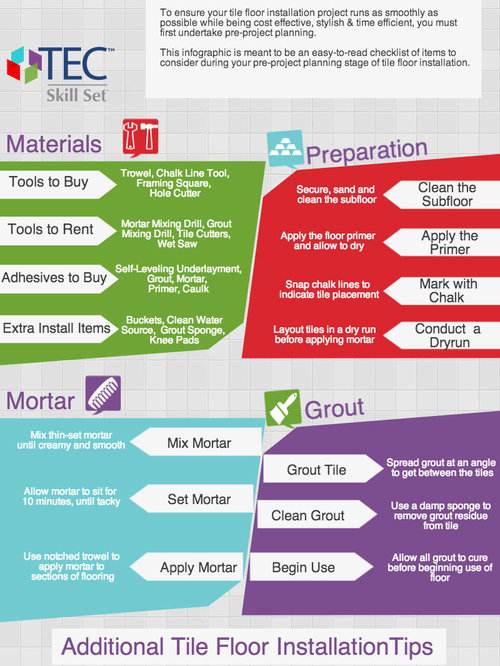How To Budget For Your Floor Covering Task: A Practical Guide
How To Budget For Your Floor Covering Task: A Practical Guide
Blog Article
Content Created By-Xu Kamper
When you're intending a floor covering task, budgeting isn't nearly choosing a number; it's about understanding what you truly require and the costs entailed. You'll wish to examine your details demands, research study various materials, and anticipate unanticipated expenses. Think about how variables like room purpose and installation techniques can influence your budget plan. Yet prior to you jump in, there are some essential information you may forget that might dramatically influence your general costs. Allow's discover exactly how to browse these intricacies and ensure your project remains on track.
Assessing Your Floor Covering Requirements
Before diving into your floor covering job, it's essential to analyze your flooring needs. Start by thinking about the specific areas where you prepare to install new flooring. Consider the function of each space. As an example, bathroom and kitchens call for water-resistant materials, while living locations could gain from comfort and visual appeals.
Next, assess the status quo of your floors. Are there any type of architectural issues, such as irregular surface areas or wetness problems? Resolving concrete sealing lehi can conserve you money and time down the line.
Likewise, remember of the measurements of each area to establish just how much floor covering you'll require.
Do not neglect to consider your way of living. If you have family pets or young children, resilience may be your top concern, while an extra formal room may call for a lavish finish. In addition, think about your style preferences. Do you favor a classic look, or are you drawn to modern-day designs?
Lastly, be practical about just how much maintenance you want to devote to. Some products require even more maintenance than others. By comprehending your requirements clearly, you'll be much better furnished to make educated selections as you progress with your floor covering task.
Estimating Expenses and Products
Estimating prices and materials is an essential action in your flooring project that can significantly influence your overall budget. Beginning by gauging your room properly to establish just how much flooring you'll require. For most materials, you'll locate rates by square foot, so collect quotes from different providers to get a practical number.
Next, consider the sort of flooring you want. Alternatives like hardwood, laminate, floor tile, or carpeting all included different price points. Study the costs for each and every and consider any kind of additional materials like underlayment, glue, or change strips.
Do not forget to include recommended if you're intending a DIY setup, as renting or buying equipment can include in your expenditures.
Labor prices are an additional important factor to consider. If you're hiring specialists, get price quotes from several contractors to ensure you're obtaining a fair rate. Be clear about the range of work to avoid unforeseen charges later on.
Lastly, it's a good idea to reserve a little percentage of your budget for any type of unanticipated costs associated with products. By thoroughly estimating your costs and products in advance, you'll set yourself up for a smoother and more workable flooring project.
Planning for Hidden Costs
Many house owners ignore the surprise expenses that can arise throughout a flooring job, which can result in spending plan overruns. To prevent this, you need to plan for potential added costs.
First, take into consideration the problem of your existing subfloor. If it's damaged or uneven, you'll likely need fixings or progressing, which can include substantially to your total cost.
Next off, think about elimination and disposal charges for your old flooring. Numerous specialists bill extra for this solution, so aspect that into your budget plan.
Furthermore, do not forget about the prices of underlayment, which may not be consisted of in the initial quote but are important for a successful installment.
You need to additionally plan for unforeseen difficulties, such as plumbing or electrical work if your flooring task includes relocating components. It's important to set aside at least 10-15% of your complete budget for these unanticipated expenses.
Finally, bear in mind that licenses might be required for certain installations. Always check regional guidelines to stay clear of fines or delays.
Final thought
Finally, budgeting for your flooring job is essential for an effective result. By analyzing https://www.cnet.com/home/kitchen-and-household/best-robot-vacuum/ , estimating costs, and planning for surprise costs, you'll stay clear of shocks and remain on track. Keep in mind to allot a portion of your allocate unanticipated expenses and keep an in-depth breakdown of your expenditures. With cautious planning and consideration, you'll produce a beautiful space that meets your needs without breaking the bank. Delighted floor covering!
